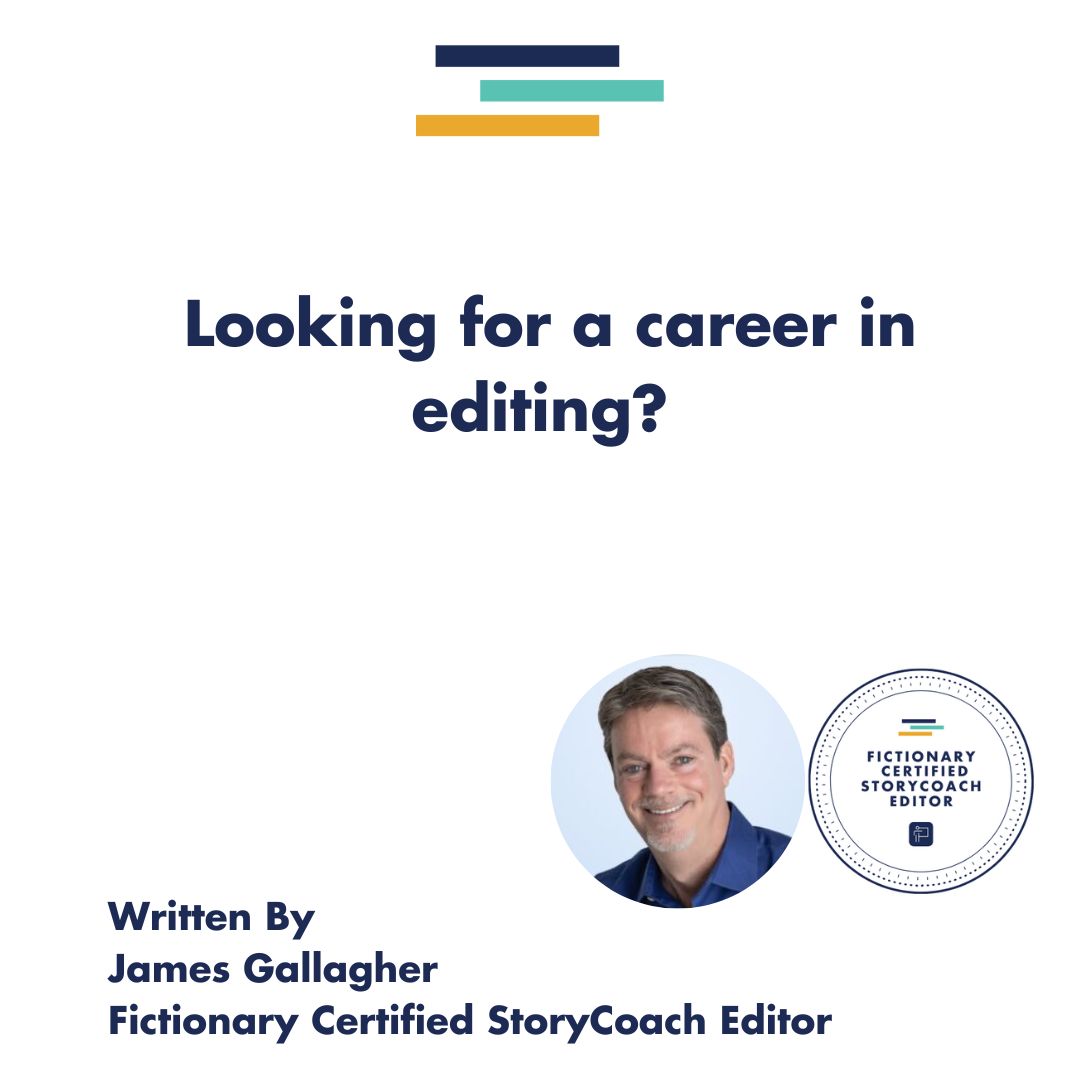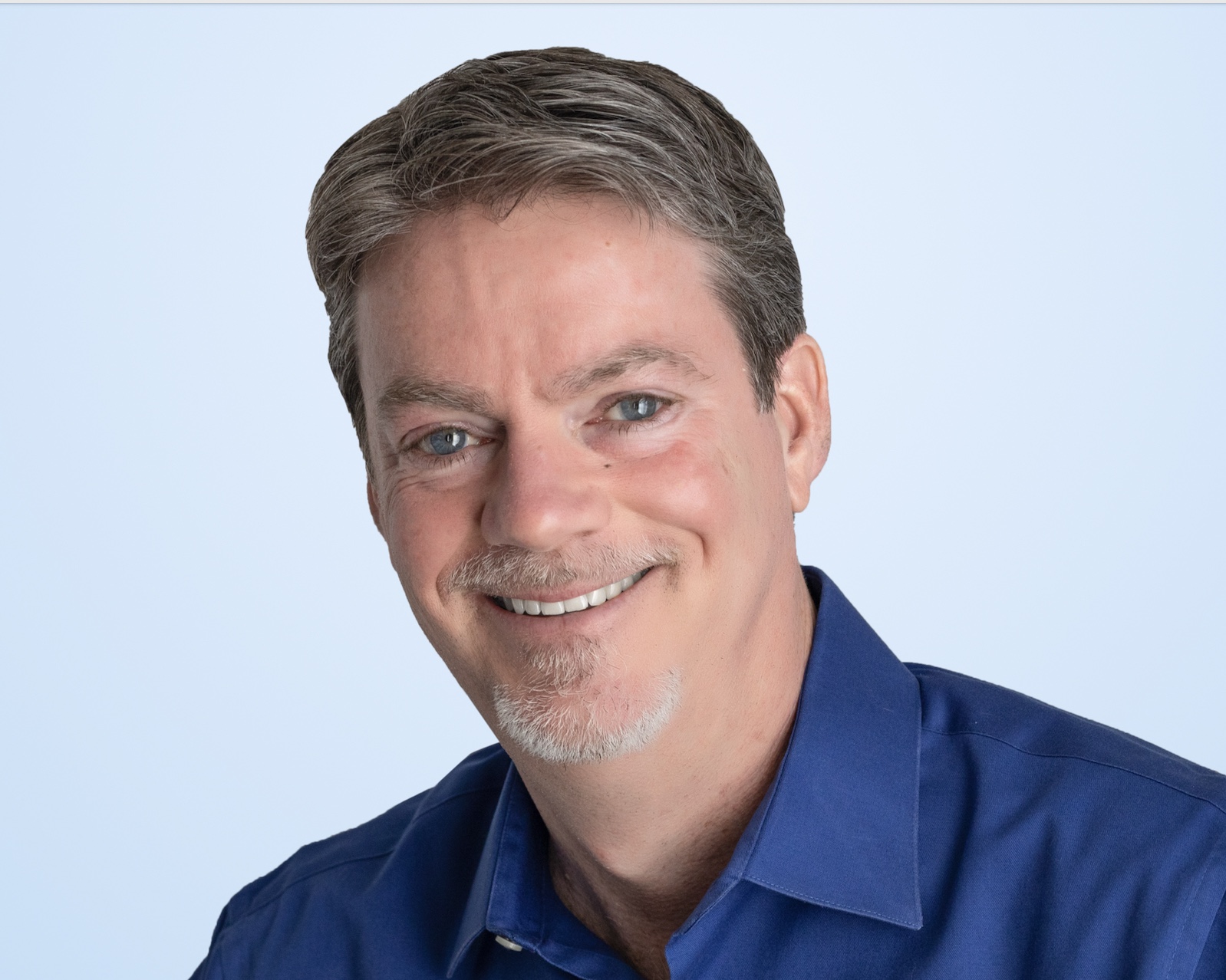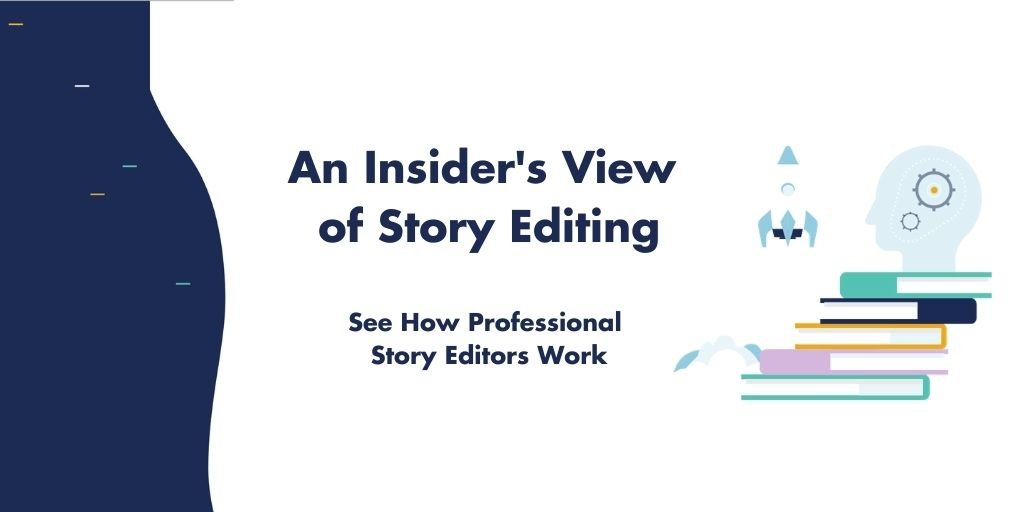
The decision to become an editor raises an immediate question: What type of editing is for you?
As we’ll see, the answer involves more options than the general public might think. Editing is a field rich with possibility, and the choice of editing type should take into consideration your personality, your goals, and your training path.
NOT ALL EDITING IS PROOFREADING
Editors in all disciplines have stories of authors seeking a “quick proof” when their work would benefit from developmental editing, or line editing, or copyediting, or sensitivity reading. This is why defining the type of editing is important.
The confusion is understandable. Authors work hard to create a draft, often with little promise of monetary reward and often at the expense of time with family and friends.
So the eagerness to have that book in readers’ hands makes it easy to believe that the draft is just a short step from self-publishing or from querying to agents or publishers.
The general public is also largely unaware that there are different kinds of editors or that they perform different functions. (I’ve edited hundreds of books as a proofreader, as a copy editor, and, more recently, as a developmental editor, and I’ve still had friends ask, “Isn’t it basically just running spellcheck?”)
Another issue that makes the confusion understandable is that editors themselves often define the levels of editing differently.
We’ll be talking about developmental (or substantive or story) editing, line editing, copyediting, and proofreading, but some editors will, for example, combine line editing and copyediting, or shade copyediting more toward proofreading.
If all that has your head spinning, don’t worry, we’ll look at each type of editing below. (And this also highlights the importance of communication between editors and authors. The author–editor relationship can be a beautiful one, and as with all relationships, clarifying and meeting expectations plays a large role.)
EDITING PHILOSOPHY
Editing is a calling, one that people pursue for a variety of reasons. Many dream first of writing and then discover that editing is a more natural role. Many discover a passion for editing late in life.
There are many paths, but there are also many characteristics that most editors share, and looking at those can help editors know if editing is correct for them. (See also “How to Become an Editor and Be Amazing.”)
The following are a few guidelines for determining if editing is for you:
Do no harm. All editors will miss the occasional edit, and most editors will tell you that if a book has a few typos (and only a few), then it’s probably been extremely well edited (not the opposite). More concerning than the editor who misses something is the overzealous editor who, in their eagerness to do their job, misapplies a “rule” and harms the work or the author’s voice.
Embrace being a supporting actor. The book is the author’s work, and the editor must maintain the author’s voice and not introduce their own voice into the edit. Although editors sometimes find themselves on an acknowledgments page or credited on the copyright page, more often than not they are invisible.
Know your role. Books are published on strict deadlines in something like an assembly-line process. If a developmental editor is concerned with proofreading issues, or the other way around, problems are caused for the schedule and for all involved.
Be kind. In the end, editors make suggestions that authors may or may not accept. Delivering edits in a kind manner increases an author’s willingness to accept those edits. As mentioned above, authors make great sacrifices to put their words to paper, and they deserve kindness with every edit. (See also “Find Your Editor’s Voice and Shine.”)
Be objective. Editors should have a reason for every edit. Every edit should be defensible. An edit should never be simply because it “sounds better” to the editor.
Embrace learning. Language is flexible and ever changing. The book industry is ever changing. The tools we use to edit are ever changing. Editors should be flexible (though with a strong knowledge base) about language, and they should be dedicated to continuing to learn and hone their craft.
LEVELS OF EDITING
Fictionary-Certified StoryCoach Editor (FCSC) Brigitte Lavoie has a lovely take on the levels of editing:
“For me, editing feels like sharing a wonderful cake with my friends. During developmental editing, I bake the most delicious cake. Then, when I work on line editing, I’m creating the most exquisite icing decorations. As for proofreading, it is the writing on the cake!”
The type of editing you do will change dramatically depending on where you are in the editing process.
Developmental (Story) Editing
A big-picture look at your manuscript, developmental editing addresses such items as structure, overall pacing and tension, characterization, point of view (POV), setting, continuity, and notes on awkward or confusing sentence structure. This usually involves a summary letter and page-by-page commenting in the document.
Editors using Fictionary software, for example, address thirty-eight story elements for each scene under the broader categories for character, plot, and setting.
Story doctor of speculative fiction Casper Pieters offers the following analogy: “Story (developmental) editing is the equivalent of an architect checking the structural soundness and aesthetic of a new building.”
Following on with the importance of honoring the levels of editing, Casper adds, “Line or copy editing is optimizing the look and livability of that building, and proofreading is checking for paint splatters on the floor. All three are essential, in the correct order, to produce a novel that can hold its own in the marketplace.”
Line Editing
Line editing involves hearing the author’s voice and applying that through the manuscript while addressing flow, readability, clarity, repetition, POV, wordiness, and rhythm. A line editor is typically less concerned with such issues as punctuation and grammar as they are with pacing and flow and voice.
“I love developmental editing and line editing for the way I get to help shape the story,” says Kara Henderson, FCSC. “I am always amazed at people’s creativity, and to be able to show them (nicely!) what works and what doesn’t and why is a privilege.”
Copyediting
A rigorous edit, copyediting entails a check for spelling, grammar, punctuation, style, continuity, and consistency. Edits are usually made on screen with tracked changes, and a style sheet is provided for reference and further explanation of edits.
An in-demand copy editor for clients such as Simon & Schuster, Penguin Random House, and Hachette Book Group, Penina Lopez says, “I love copyediting because I love getting into the nitty-gritty of a manuscript and finding small errors that the author missed. But my favorite part of copyediting is helping my authors say what they mean.”
Proofreading
The last look before a work goes to print, proofreading checks for typos, repeated words, spelling, punctuation, and formatting issues. Errors found here may have been missed in previous stages or may have been introduced during layout.
Proofreading is typically carried out on PDFs, and because this stage is so close to publication, it’s as important for proofreaders to know what not to edit as it is to know what to flag.
Sensitivity Reading
On her website, editor Crystal Shelley, creator of the Conscious Language Toolkit, defines sensitivity (or authenticity) reading as editing that “strengthens a story by evaluating its representation of specific identities or experiences, usually when a writer is writing about something they don’t have firsthand experience with.”
THE EDITING JOURNEY
With the levels of editing in mind, you can determine which level best matches your personality.
Would you enjoy examining story structure or getting into the nitty-gritty of copyediting?
As a proofreader, would you have the restraint to recognize the difference between an egregious error (which you would mark) and another “error” that might in fact be a style decision that you would have to let go?
Often, of course, you find what works best for you in the actual doing of the thing, so educating yourself about the levels, taking the appropriate training, and immersing yourself in the work of your calling will serve you well on your editing path.
Further Reading
What Editors Do: The Art, Craft, and Business of Book Editing, edited by Peter Ginna
The Subversive Copyeditor by Carol Fisher Saller
The Artful Edit by Susan Bell
 James Gallagher is a Fictionary-Certified StoryCoach, copy editor, and proofreader. James has worked on more than 200 books and particularly enjoys horror and romance. An active member of the editing community, James loves to help authors bring out the best in their stories.
James Gallagher is a Fictionary-Certified StoryCoach, copy editor, and proofreader. James has worked on more than 200 books and particularly enjoys horror and romance. An active member of the editing community, James loves to help authors bring out the best in their stories.
More about him can be found at CastleWallsEditing.com.
When do you ever get to see what a story editor delivers to a client if the client is not you?
Our course gives you an insider’s view of what happens in a story edit. This is similar to a structural or substantive edit for fiction.
Before you hire an editor or edit your own story, it’s important to understand what a story edit is.
Thirteen professional editors edited the same novel.
Each editor worked separately in Fictionary StoryCoach.
This course evaluates their edits and shows you what worked and what didn’t. We’ll show you two scenes before editing and after revisions based on the editors’ suggestions. We even compare the editors’ summary letters and per scene notes.
For writers looking to hire a professional story editor, this course shows you what you should receive from a story editor. It will also show you how an editor might look at your story.’
Sign up now for great value.
On sale for $39 USD. Use Coupon INSIDERSVIEW
Regular Price: $99.


